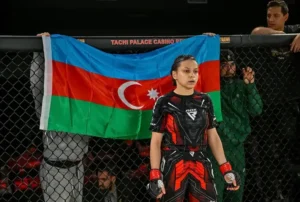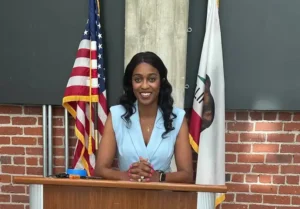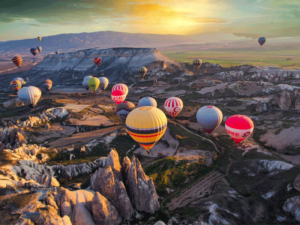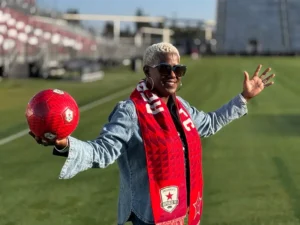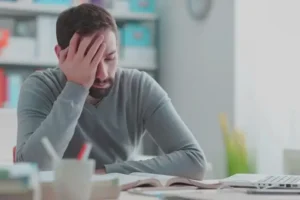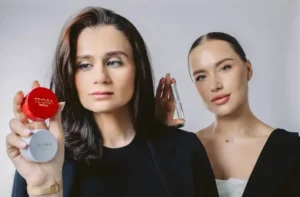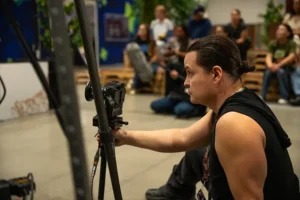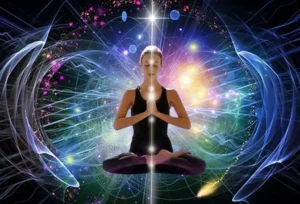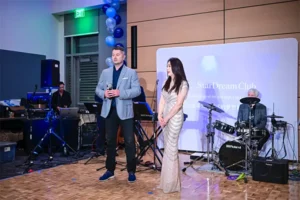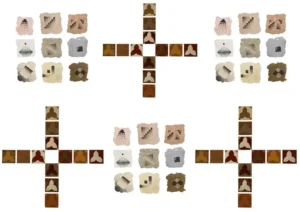When Republic FC, Sunrise Recreation & Park District, and Citrus Heights Arts joined forces to reimagine a futsal and basketball court in North Sacramento’s Walerga Park, the vision was bigger than sports. This project aims to turn an underused space into a vibrant cultural landmark, weaving together art, community, and play.
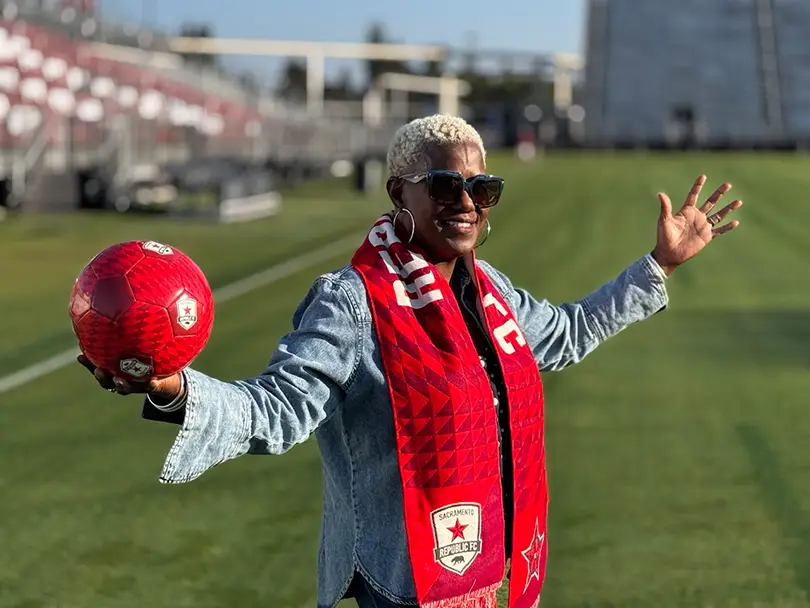
In this exclusive interview with New Times Magazine Publisher Sergey Ivannikov, Gigi Rayford, Founder and Executive Director of Citrus Heights Arts, shares her insights on blending creativity with community identity and how art on a court can spark pride for generations.
Gigi, what first inspired you to get involved with the Republic FC Walerga Park community project?
As Founder and Executive Director of Citrus Heights Arts, I know the power of art to transform space and identity. When Republic FC and Sunrise Recreation & Park District reached out, I saw a chance to expand that vision beyond Citrus Heights into North Sacramento where a court could become more than a place to play, but a cultural landmark.

When you imagine artwork on a futsal and basketball court, what feelings or messages do you hope it sparks in those who play there?
We want players to feel pride and belonging every time they step on the court. The mural should send the message that this is their space—a place of energy, creativity, and unity that reflects the community around it.
“We want players to feel pride and belonging every time they step on the court.”
North Sacramento has a rich cultural mix. How do you plan to reflect that diversity in the design?
Our role is to set the vision and then select an artist whose work naturally carries that cultural depth. The goal is to choose someone who can listen, pull from many traditions, and create a design that feels both specific to North Sacramento and welcoming to everyone.
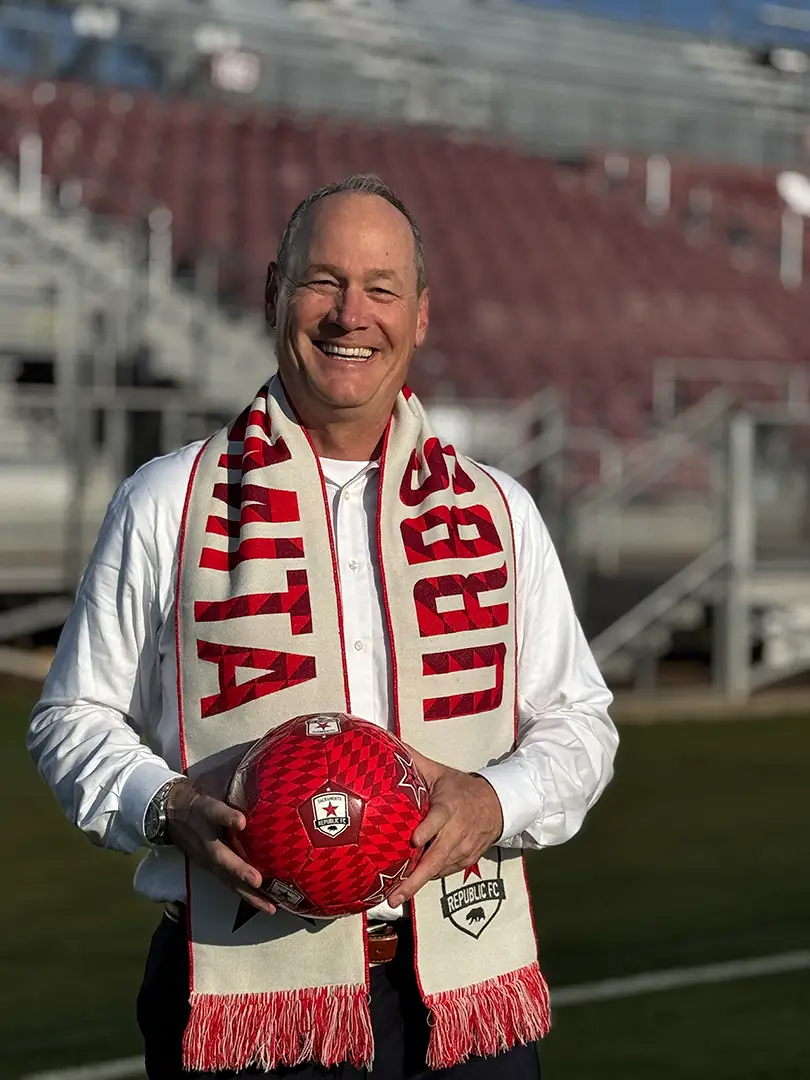
Public art can become a landmark in a neighborhood. Gigi how do you balance creating something personal with making it universally welcoming?
That’s exactly why the artist matters. We’re looking for someone who can root the design in authentic storytelling, but also create imagery that resonates across age, culture, and background. My job is to make sure the process stays true to the community, not just the artist’s individual expression.
“This project is about opening doors for artists to see their work valued in public spaces where people live, work, and play.”
Republic FC has turned abandoned or underused courts into safe gathering spaces. What role do you think art plays in making these spaces feel alive?
Art signals care. A painted court says: this isn’t just a slab of concrete, this is a place of pride. It turns a utility space into a landmark where people want to gather, celebrate, and return to.
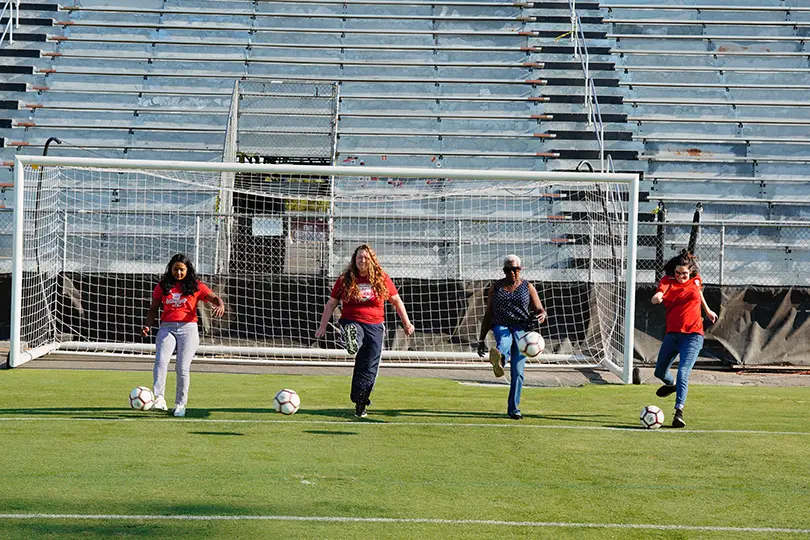
The Carrillo Courts murals celebrated Mexican culture and community heritage. What cultural influences do you hope to highlight in this design?
We’ll be encouraging artists to celebrate the everyday culture of North Sacramento—family, resilience, diversity, and joy. The goal is a design that reflects many voices without erasing any, so the court becomes a shared mirror of community identity.
“The goal is a design that reflects many voices without erasing any, so the court becomes a shared mirror of community identity.”
Many young people will be playing on this court daily. How does that influence your approach to choosing colors, themes, or imagery?
Youth are central to this project. We’ll be looking for designs that use bold colors, uplifting themes, and movement-driven imagery—something that energizes the players while also shaping positive memories for years to come.

Art on sports courts is unconventional compared to galleries or walls. How does this unique canvas challenge or inspire your process?
It’s an exciting challenge because it pushes art into a space that’s alive. The design has to hold up to movement, weather, and daily use, while still making an artistic impact. That’s why our selection process will favor artists who think beyond static murals and understand how art interacts with play.
What impact do you hope this project will have on local artists, not just on the community that uses the court?
It sends a message that artists belong at the table in city-making.
This isn’t just about one mural; it’s about opening doors for artists to see their work valued in public spaces where people live, work, and play.
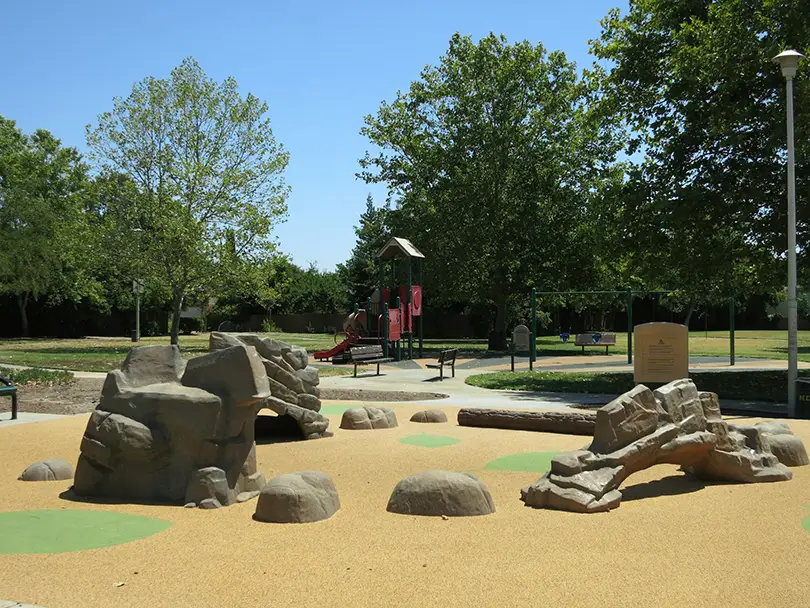
If the mural could deliver one lasting message to future generations who play here, what would it be?
“This court is yours—play boldly, live proudly, and remember you’re part of a greater story.”
•••
Publisher’s Remark
Projects like the Republic FC Walerga Park court remind us that true community building happens when creativity, culture, and play come together. What Gigi Rayford and her partners are doing goes far beyond art on concrete—it’s about shaping identity, sparking pride, and leaving a lasting legacy for future generations. At New Times Magazine, we celebrate these efforts as a powerful example of how vision and collaboration can transform ordinary spaces into extraordinary landmarks.


